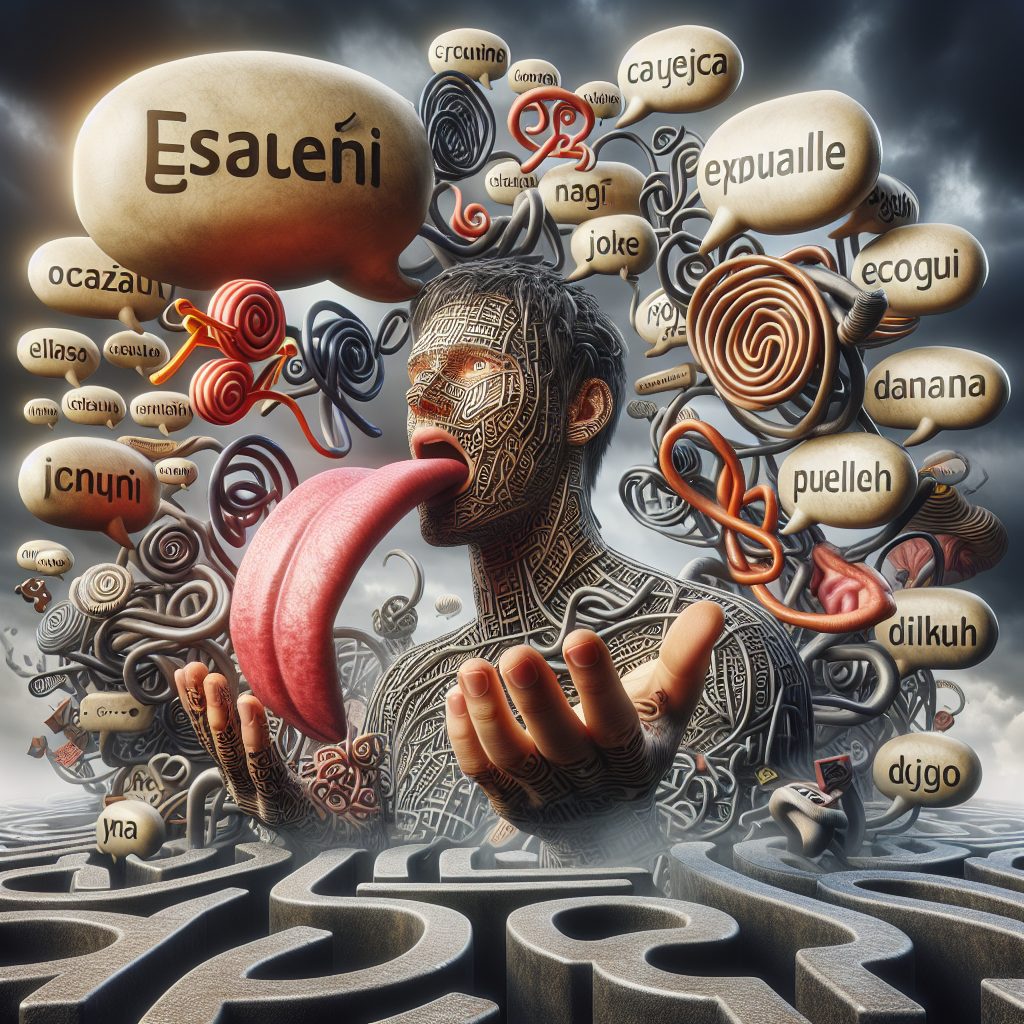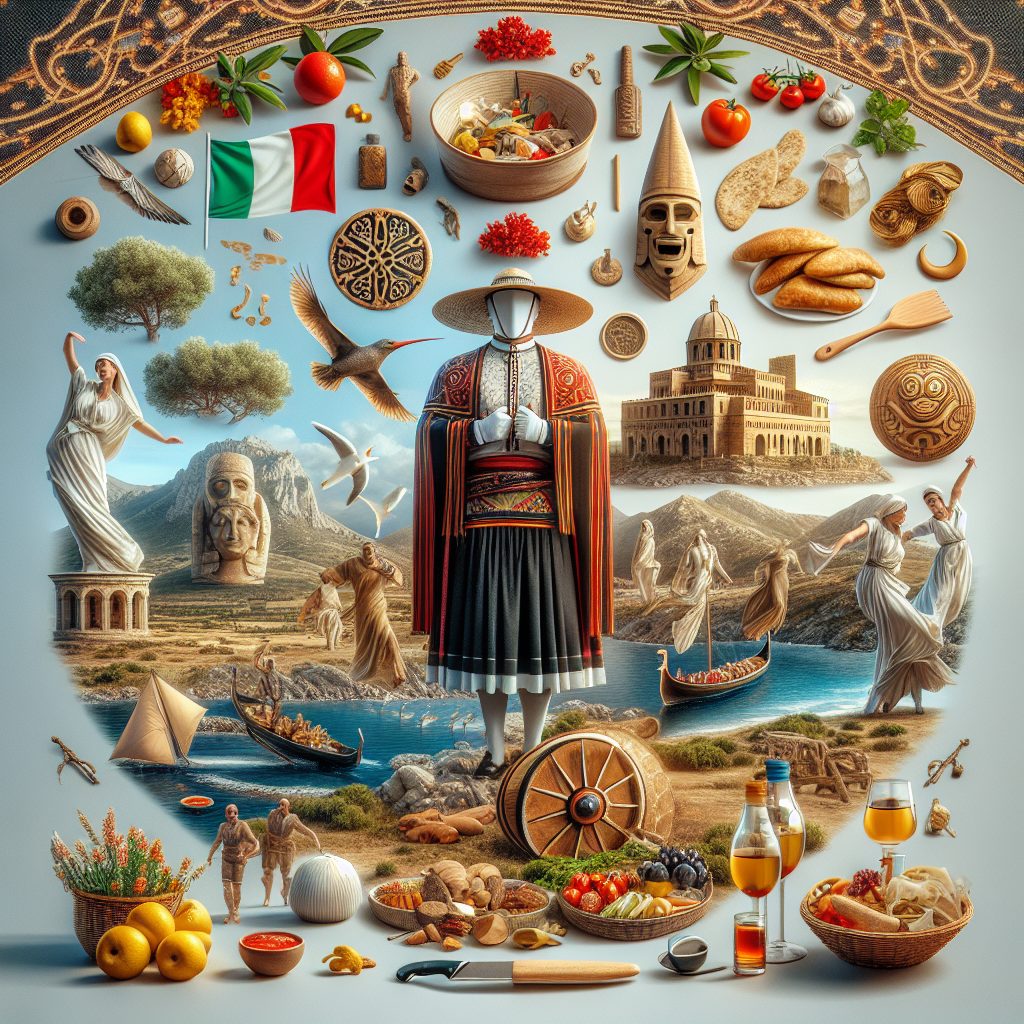The Sardinian language is a unique linguistic phenomenon that has fascinated scholars and linguists for centuries. With its roots in the ancient nuragic civilization of Sardinia, this Romance language boasts a rich history and a distinct set of linguistic challenges. One of the most intriguing aspects of the Sardinian language is its status as a minority language in Italy. Despite its long-standing presence on the island, Sardinian has encountered numerous obstacles that have posed threats to its vitality and preservation. In this article, we will explore the linguistic challenges faced by the Sardinian language and delve into the key takeaways from these unique features.
One of the primary challenges faced by the Sardinian language is the dominance of Italian as the official language of Italy. Being a minority language within the country, Sardinian has struggled to maintain its relevance and usage, particularly in official and educational settings. This linguistic dominance has resulted in a decline in the number of fluent Sardinian speakers, as younger generations lean towards using Italian as their primary language for communication. Additionally, with the rise of globalization and the increased prevalence of other dominant languages, such as English, the Sardinian language faces the risk of further marginalization and potential extinction.
In the upcoming sections, we will delve into the impacts of these linguistic challenges on the Sardinian language, as well as explore the efforts and initiatives aimed at preserving and revitalizing this unique linguistic treasure. By understanding the key takeaways from the challenges faced by the Sardinian language, we can gain valuable insights into the broader context of minority languages in a globalized world and the importance of linguistic diversity.
Key Takeaways
1. Sardinian, a Romance language spoken in the Italian island of Sardinia, faces significant linguistic challenges due to external influences and language policies that favor Italian.
2. The influence of Italian on Sardinian has resulted in a decline of native speakers, as younger generations increasingly use Italian as their primary language.
3. Efforts to preserve and revitalize the Sardinian language exist, including language revitalization programs and increased awareness of its cultural and historical importance.
4. Regional and national legislation, as well as educational initiatives, have been implemented to protect and promote the Sardinian language, although success in reversing language decline has been limited.
5. Despite the challenges, Sardinian continues to hold cultural significance for the island’s inhabitants, acting as a marker of identity and connection to their heritage.
Phonological Challenges
The Sardinian language poses several phonological challenges for learners. One of the main difficulties is its unique vowel system, which includes seven distinct vowels. The pronunciation of these vowels requires careful attention to pitch and length, as well as the distinction between stressed and unstressed syllables. Additionally, Sardinian has several consonant clusters that may be unfamiliar to speakers of other languages, making it crucial to master the correct pronunciation.
Grammatical Challenges
The Sardinian language also presents grammatical challenges for learners. One of the biggest hurdles is its complex verbal morphology. Verbs in Sardinian have a rich system of conjugations, involving tense, mood, and aspect. Furthermore, Sardinian has a case system that affects noun declensions, requiring learners to grasp the different forms and functions of nouns depending on their grammatical role.
Lexical Challenges
Lexical challenges are another aspect of the Sardinian language that learners need to overcome. Sardinian has a vocabulary that is distinct from both Italian and other Romance languages. Many words and expressions in Sardinian have unique meanings or usage, requiring learners to build a separate lexicon. Additionally, Sardinian has a significant influence from other languages, including Catalan, Spanish, and Arabic, which adds further complexity to its lexicon.
Sociolinguistic Challenges
Sociolinguistic challenges arise when learning the Sardinian language. While Sardinian is recognized as a co-official language in Sardinia, its usage and status have been increasingly affected by the dominance of Italian. Many Sardinians, especially younger generations, now primarily speak Italian, leading to a decline in native speakers of Sardinian. The limited exposure to and usage of the language makes it challenging for learners to practice and immerse themselves in Sardinian in everyday contexts.
Preservation Efforts
Despite the linguistic challenges associated with the Sardinian language, there are ongoing efforts to preserve and promote its usage. Various organizations and institutions are committed to revitalizing Sardinian through educational programs, cultural events, and media initiatives. Language immersion programs and the incorporation of Sardinian in schools aim to ensure the transmission of the language to future generations. These preservation efforts can provide valuable resources and support for learners seeking to overcome the linguistic challenges of Sardinian.
7 Tips to Overcome Linguistic Challenges in Learning Sardinian
- Immerse yourself in Sardinian-speaking environments to practice listening and speaking skills.
- Seek out language exchange partners or tutors who are fluent in Sardinian.
- Utilize online resources, such as language learning platforms and Sardinian language courses.
- Read books, articles, and other written materials in Sardinian to expand your vocabulary and improve reading comprehension.
- Participate in cultural events and activities that celebrate Sardinian language and heritage.
- Consider joining language preservation organizations or communities to connect with fellow learners and native speakers.
- Be patient and persistent in your language learning journey, as mastering a new language takes time and effort.
FAQ
What is the linguistic classification of the Sardinian language?
The Sardinian language belongs to the Romance language family, specifically the Italo-Romance branch. It is closely related to Italian and other Romance languages spoken in Italy.
How many dialects of Sardinian exist?
There are various dialects of the Sardinian language, which differ based on geographical location. The most recognized dialects include Logudorese, Campidanese, and Gallurese.
What are the main challenges in studying the Sardinian language?
One of the main challenges in studying the Sardinian language is the lack of comprehensive learning resources. While efforts have been made to preserve and promote the language, limited educational materials and courses make it difficult for learners to access formal instruction.
Is the Sardinian language endangered?
Yes, the Sardinian language is considered endangered by UNESCO. The influence of Italian and the lack of official recognition contribute to its decreasing number of speakers.
Are there any organizations dedicated to the preservation of the Sardinian language?
Yes, there are several organizations actively working towards the preservation and promotion of the Sardinian language. These organizations focus on initiatives such as language documentation, educational programs, and cultural events to raise awareness and support for the language.
What is the status of the Sardinian language in education?
The Sardinian language does not have official recognition in the education system of Italy. Consequently, its presence in schools is limited, and education primarily focuses on Italian as the main language of instruction.
How diverse is the vocabulary of the Sardinian language?
The vocabulary of the Sardinian language is rich and diverse. It incorporates elements from Latin, Spanish, Catalan, and other languages that have influenced the region throughout history.
Can non-native speakers learn the Sardinian language?
Yes, non-native speakers can learn the Sardinian language. While it may require more effort and dedication due to limited resources, there are online courses, language exchange programs, and independent study materials available to support language learners.
Why is it important to preserve the Sardinian language?
Preserving the Sardinian language is important for cultural heritage and identity. Language is a crucial element in maintaining a community’s distinct traditions, history, and sense of belonging.
Is there a growing interest in the Sardinian language?
Yes, there has been a growing interest in the Sardinian language among both the local population and individuals outside of Sardinia. Efforts to raise awareness, promote cultural heritage, and foster linguistic pride have contributed to this increasing interest.
Final Thoughts
The linguistic challenges faced by the Sardinian language highlight the importance of language preservation efforts. While the language is endangered, there is hope in the growing interest and dedication of organizations and individuals to maintain its presence. By increasing access to learning resources, advocating for official recognition, and celebrating linguistic diversity, the Sardinian language can continue to enrich the cultural tapestry of the region.
Furthermore, embracing linguistic diversity is not only beneficial for Sardinia but also for the global community. By valuing and preserving languages like Sardinian, we acknowledge the significance of cultural heritage and promote a more inclusive and pluralistic society. Language connects us to our roots and enables us to understand different perspectives, fostering mutual respect and appreciation. Let us continue to support the preservation and revitalization of endangered languages like Sardinian, ensuring that the world remains a diverse and vibrant tapestry of linguistic traditions.






